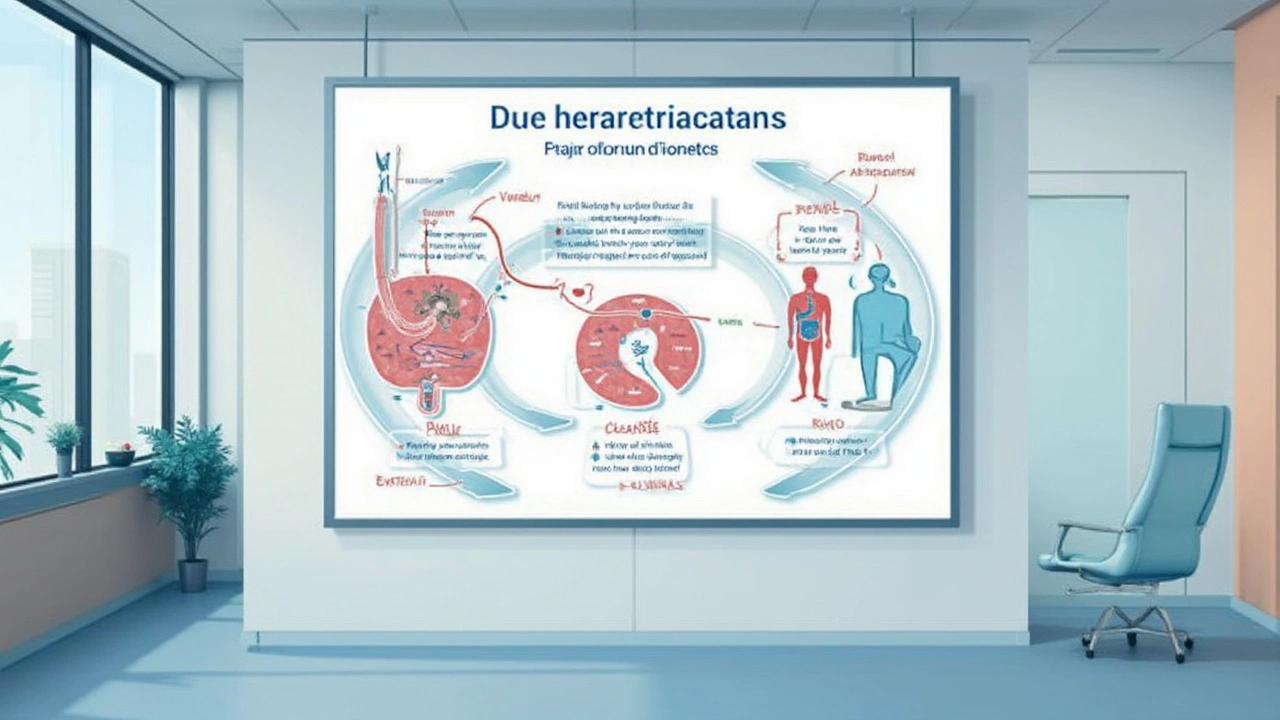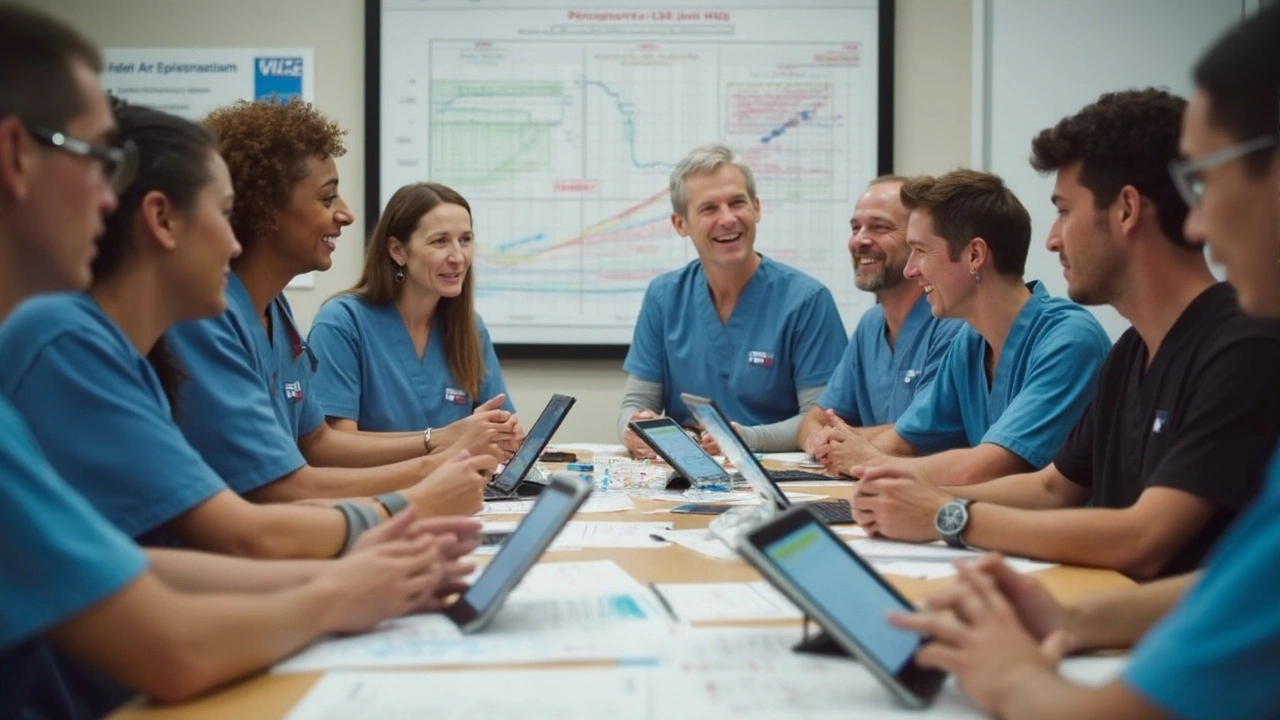This article takes a practical, in-depth look at the pharmacokinetics of levetiracetam, focusing on its absorption, metabolism, and renal clearance. It highlights real-world facts and tips clinicians should know to avoid dosing errors or complications. The discussion breaks down how levetiracetam behaves in different patients—from healthy adults to those with kidney disease. Expect useful monitoring tips and interesting findings about this staple anti-seizure medication.
Levetiracetam: Uses, Dosing, Side Effects & Safety
If you or someone you care for is starting levetiracetam, this page gives straight answers. Levetiracetam (brand name Keppra) is a common anti-seizure drug used for partial-onset seizures, myoclonic seizures, and generalized tonic-clonic seizures. It’s popular because it works for many people and doesn’t need the complex liver checks other seizure meds often do.
How it works and when it’s used
Levetiracetam changes how nerve cells communicate in the brain to reduce seizure activity. Doctors prescribe it for adults and children, alone or with other epilepsy medicines. You’ll often hear it called a first-line option for new-onset epilepsy because it’s effective and relatively easy to manage.
Typical adult starting dose is 500 mg twice a day, often increased to 1,000 mg twice daily if needed. Some patients do well on 500 mg twice daily, others need up to 1,500 mg twice daily; the usual maximum is 3,000 mg per day. If you have reduced kidney function, your doctor will lower the dose. There’s also an extended-release tablet taken once daily for people who prefer fewer doses.
Side effects and safety tips
Common side effects include tiredness, dizziness, headache, weakness, and irritability. Mood or behavior changes are possible — things like depression, anxiety, agitation, or unusual thoughts. If you or a family member notice new or worsening mood symptoms, contact your provider right away. Serious allergic reactions or severe skin problems are rare but need immediate care.
Don’t stop levetiracetam suddenly. Stopping abruptly can cause more or worse seizures. If you need to stop, your doctor will tell you how to taper slowly. Also avoid mixing it with other strong sedatives or alcohol, since combining central nervous system depressants can increase drowsiness and risk of accidents.
Routine blood level monitoring isn’t required like it is for some older seizure drugs, but your doctor will check kidney function before and during treatment because levetiracetam is cleared by the kidneys. Pregnant or breastfeeding? Talk to your specialist — some patients continue levetiracetam with close monitoring, but risks and benefits must be reviewed.
If you’re switching between brand and generic or different manufacturers, watch for any change in seizure control or side effects for a few weeks. Small variations can matter for some people.
Thinking of buying levetiracetam online? Always use a licensed pharmacy and expect to provide a prescription. Avoid sites offering prescription drugs without one or selling suspiciously cheap pills. Check pharmacy credentials, look for clear contact info, and inspect packaging and expiry dates when your order arrives.
If you have questions about dosing, drug interactions, or side effects, talk to your neurologist or pharmacist. Keep a seizure diary, wear medical ID if seizures are frequent, and follow your treatment plan — small steps make a big difference in staying safe and well.
Unpacking how levetiracetam’s mechanism of action links to real-life dosing schedules and seizure freedom. This article dives into practical titration advice, the science behind dose-response, and why individualizing the schedule matters. Find tips for optimizing dose and see how outcomes differ across patient groups. Grab evidence-based info and clear recommendations to boost confidence for patients and clinicians. Explore what separates the science from the guesswork in epilepsy care.


